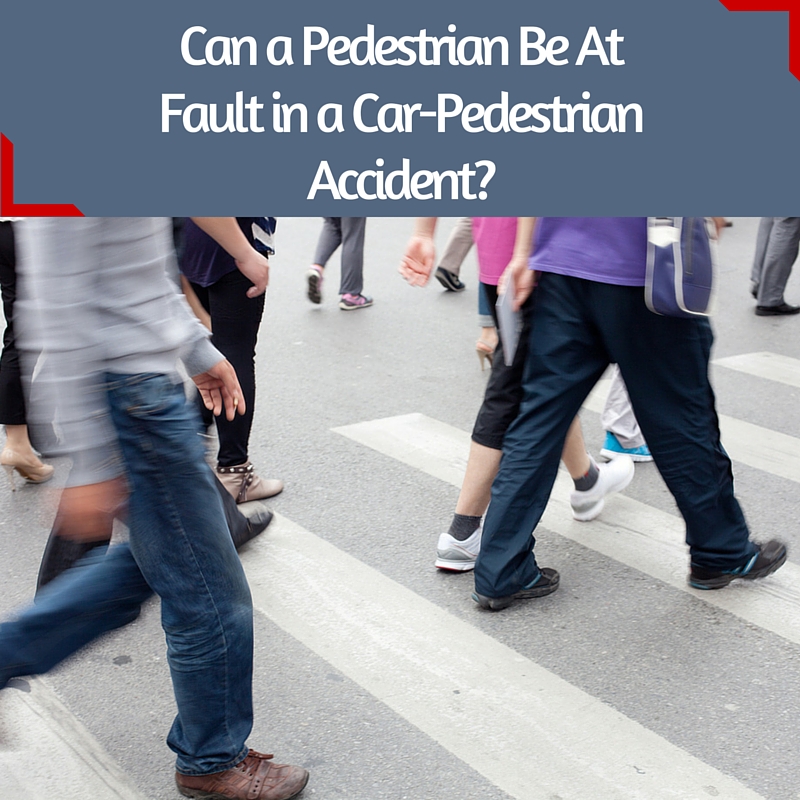Can a Pedestrian Be At Fault in a Car-Pedestrian Accident?


According to the Centers for Disease Control, more than 4,700 pedestrians were killed in traffic crashes in 2012 and another 76,000 were injured. Older people, children and pedestrians who are impaired are most at risk for injury or death as a pedestrian.
In most states, the pedestrian has the right-of-way, but that does not mean the driver is always at fault in a pedestrian accident.
Driver Negligence
When it can be proven that a driver was negligent, the fault in the accident will be placed on the driver. A driver is determined to be negligent if they were distracted or inattentive or if they failed to yield to a pedestrian.
Drivers who are speeding, disobey traffic signals or are intoxicated are also normally found at fault in a pedestrian accident. Drivers are expected to exercise additional care when young children are present as a child often makes unpredictable movements around vehicles.
A driver who does not take extra precautions when children are present may be charged in the accident.
Pedestrian Negligence
A pedestrian is required to take reasonable precautions and to remain alert to traffic conditions when walking near vehicles. A pedestrian who walks against a traffic signal may be found negligent in an accident. Even if the person was walking with the signal, they cannot simply step out in front of a car and claim the driver was at fault.
Walking or running into the flow of traffic may also result in the pedestrian being at fault. A pedestrian who does not use a crosswalk or who steps into the flow of traffic between parked cars may also be at fault.
Negligence on Both Parts AKA ( Comparative Negligence )
In Pennsylvania, New Jersey and Delaware, comparative negligence applies to personal injury cases. In an accident were a pedestrian is hit by a motor vehicle, the defendant and the plaintiff are assigned a percentage of fault. In order to recover, the defendant must be at least 50 percent at fault. However, any damages the plaintiff sustained will be reduced by their percentage of fault.
In Delaware, if the claimant in an accident case is found to less than 50 percent at fault, they may recover damages, however, the amount awarded may be reduced by the amount of fault contributed to the claimant.
In New Jersey, you can obtain compensation for a personal injury accident based on your percentage of responsibility—unless you are determined to be 51 percent at blame for the accident.
In Pennsylvania, if the plaintiff is found at fault in any way, their damages may be reduced by the percentage of their own negligence. If the fault of the claimant is more than 50 percent, they cannot collect damages at all.
If you or a loved one was injured in a car-pedestrian accident, you may be entitled to compensation. Contact Lundy Law today by completing our simple online form or calling us at 1-800-Lundy Law. We can guide you through the process and help you get the justice you deserve.
